Types of Tattoo Removal Methods
Tattoo removal methods range from home techniques to medical solutions. These approaches can help you get rid of unwanted tattoos. Below, we introduce practical methods for tattoo removal.
Eyebrow Tattoo Removal with Q-Switched Laser
Eyebrow tattoo removal using the Q-switched laser is one of the most common modern methods, with only about a 5% chance of side effects after each treatment session. This method works by the laser energy being absorbed by the tattoo pigments and converted into heat, resulting in a photothermal effect. This heat breaks the chemical bonds within the pigments, causing photochemical effects. Additionally, mechanical destruction of pigments occurs due to photoacoustic effects. After these processes, the small pigment particles and breakdown products are eliminated from the skin through blood vessels or the lymphatic system. The remaining pigments may exhibit different chemical properties compared to the original pigments and can trigger new immune responses.
Some tattoo pigments containing metals may transform into toxic chemicals when exposed to light. Additionally, azo pigments can produce carcinogenic amines due to laser exposure. By being aware of these risks and taking necessary precautions, one can prevent complications associated with laser tattoo removal.
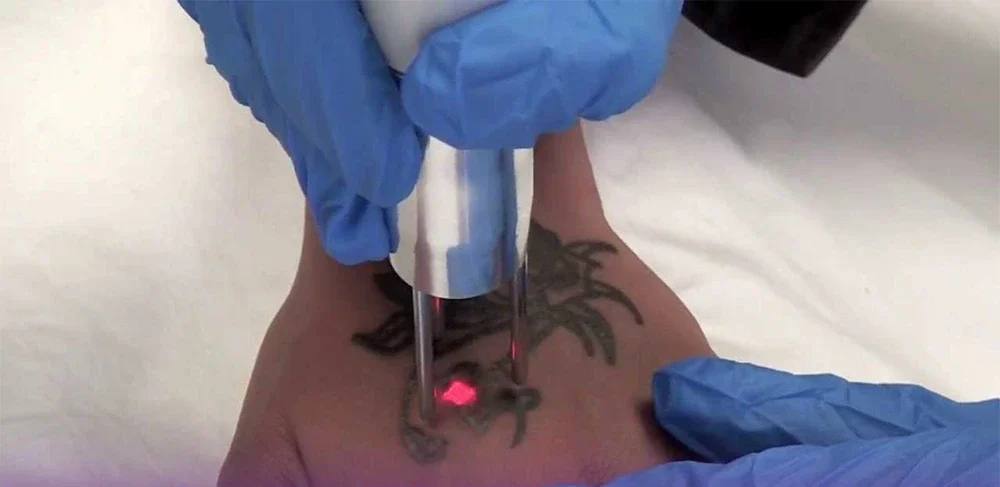
Tattoo Removal with RF Surgical Method
In the RF surgical tattoo removal method, the entire tattooed area is surgically excised, and the skin edges are stitched together to heal the wound. The effectiveness of this method depends on the surgeon’s skill as well as the size of the tattooed area. One of the main side effects of this surgery, even with careful care, is scarring and the formation of hypertrophic (excess) scar tissue. Patients require a long recovery period after surgery for complete healing. Clinics that use certified RF surgical devices can minimize surgical complications.
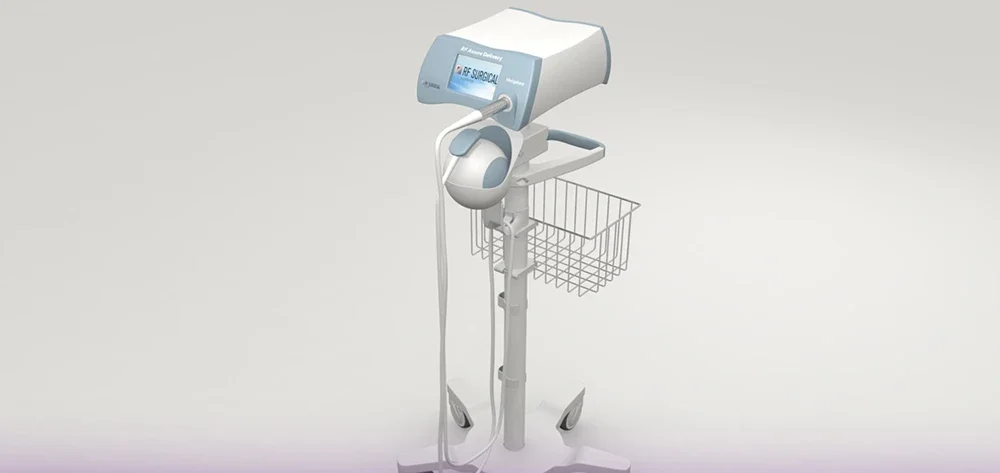
Microdermabrasion for Tattoo Removal
In the microdermabrasion method, the tattooed area is abraded using a specialized device. This technique may come with various side effects, including hyperpigmentation and the formation of dark spots in the abraded area. Additionally, there is a risk of infection at the tattoo site, incomplete tattoo removal, and the possibility of scarring remaining.
Herbal and Natural Methods for Tattoo Removal at Home
Herbal and natural methods for tattoo removal at home have gained a lot of attention in recent years. These approaches are appealing, especially to those seeking low-cost solutions without the severe side effects associated with surgical or specialized device-based treatments. However, it’s important to note that these methods are generally not as effective as modern medical procedures and may not produce the desired results. Below are several herbal and natural methods for removing tattoos:
Tattoo Removal with Salt
Salt acts as an abrasive substance that can help with tattoo removal. The sodium and chloride in salt penetrate the skin and break down the tattoo ink, reducing its visibility. To use this method, add a little water to salt and soak a sponge in the mixture. Rub the sponge on your skin for 30 minutes to an hour, then rinse with warm water. While this is a low-cost method, it can be quite effective in fading tattoos.
Tattoo Removal with Aloe Vera
Aloe vera is widely used in skincare and cosmetic products due to its healing and beautifying properties. It’s particularly effective for newer tattoos, as it contains vitamin E and Podaria tomentosa, which help repair and restore the skin. Using aloe vera can improve skin condition and enhance its appearance.
Tattoo Removal with Honey
Tattoo removal with honey is a natural and effective method, especially for small tattoos and sensitive areas. To create a suitable mixture, combine two tablespoons of aloe vera gel, yogurt, salt, and honey until it forms a thick and uniform paste. Apply this paste to your skin and rinse it off with warm water after half an hour.
Tattoo Removal with Lemon
Lemon is known as one of the best natural methods for reducing or removing tattoos. The fruit’s natural acids act as a bleaching agent and can help fade the ink. Lemon is safe for the skin and stimulates skin cells to achieve a smoother surface. To use lemon for tattoo removal, you can mix lemon juice with salt. This combination helps fade the ink and remove superficial or deeper layers of the skin.
Tattoo Removal with Sandpaper
Tattoo removal with sandpaper is quite simple and requires minimal ingredients. The sandpaper method works by rubbing the target area to remove layers of skin. Many who use this method combine sandpaper with aloe vera to help break down the ink and remove the tattoo.
Tattoo Removal with Salabrasion
Salabrasion involves sprinkling salt on the tattoo and rubbing it in circular motions, helping exfoliate the skin and access the deeper layers where the ink is located. To make this method safer and more effective, consider the following tips:
- Consult a doctor before performing salabrasion to ensure it’s safe for your skin.
- Use coarse salt and pure sand to avoid potential damage.
- To reduce pain, use numbing creams or apply an ice pack to the target area.
- After rinsing, allow the area to heal properly and keep it clean to avoid infection.
Aloe Vera and Yogurt Paste for Tattoo Removal
Mixing aloe vera and yogurt creates a paste that can help fade tattoos. For better effectiveness and safety, follow these tips:
- Test the paste on a small part of the tattoo first to ensure there’s no allergic reaction.
- Cover the area with a bandage to keep the paste in place and allow it to work properly.
- After 20 minutes, remove the paste and rinse the area with water.
- Repeat this process daily to gradually lighten the tattoo.
Tattoo Removal with Baking Soda
Some people consider tattoo removal with baking soda an effective method. However, it is recommended to test the mixture on a small area of your skin first, as baking soda may cause irritation in some individuals. To make the mixture, combine one tablespoon of baking soda with a few drops of water and rub it in circular motions on the tattoo for two to three minutes.
Cost of Laser Tattoo Removal
The cost of laser tattoo removal depends on the size and complexity of the tattoo. Larger and more intricate tattoos generally require higher costs. Darker colors like black and blue respond better to lasers and usually cost less to remove. In contrast, brighter colors may require more sessions. The location of the tattoo also affects the cost—areas with better blood circulation typically heal faster. Additionally, more experienced physicians may charge higher fees. Overall, the cost may vary based on the doctor’s expertise, the number of sessions needed, and other factors.
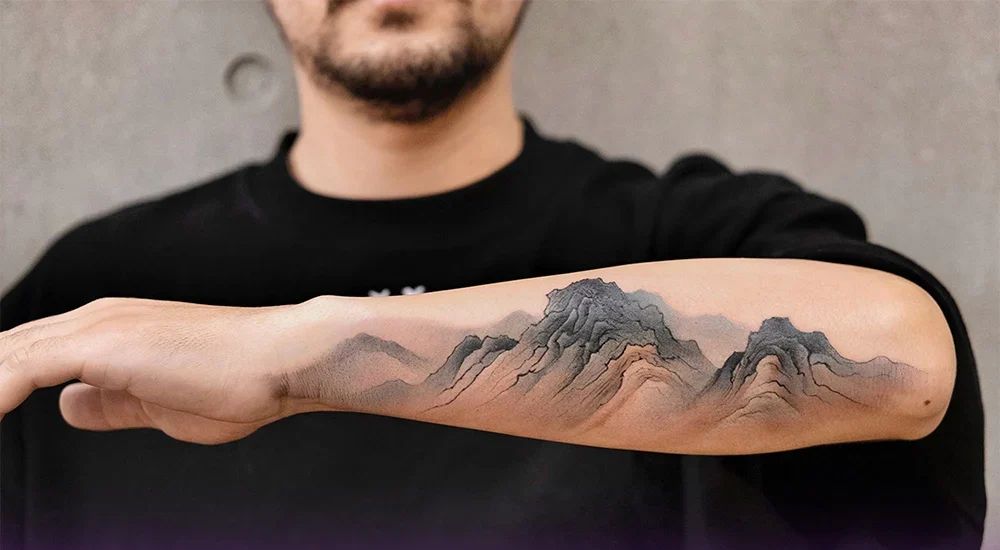
What Are the Risks and Side Effects of Tattoo Removal?
Now the question is: what are the risks and side effects of tattoo removal? In the following, we’ll review several potential complications and examine each in detail.
- Frosting of the Skin:
Frosting is one of the temporary side effects of tattoo removal that occurs due to the interaction of the laser beam with the skin and the release of CO2. This condition usually fades quickly and is not a cause for concern. - Skin Inflammation:
Redness, swelling, and inflammation in the treated area are other common and temporary side effects. These symptoms generally subside within a few days to a few weeks. - Itching and Dryness:
You may experience itching and dryness of the skin after tattoo removal sessions. These issues can be managed and treated using moisturizers or hydrating creams. - Skin Discoloration:
If the laser settings are not properly adjusted to suit your skin type, discoloration may occur. This can appear as white or dark patches. Proper calibration of the Q-switched laser can significantly reduce this risk. - Skin Infection:
While the likelihood of infection after tattoo removal is low, certain factors like a weakened immune system, the use of specific medications such as Accutane, or poor aftercare can increase the risk. If an infection occurs, seek medical attention immediately. - Allergic Reaction:
Symptoms of an allergic reaction include hives, itching, skin rash, abdominal pain, nausea, diarrhea, severe skin inflammation, dizziness, and heart palpitations. In the event of a severe reaction, consult a doctor and consider using anti-allergy or anti-inflammatory medications. - Hair Whitening (Especially in the Eyebrow Area):
Hair in the tattooed area may turn white due to laser exposure. However, this change is temporary and usually returns to its natural color over time. - Skin Flaking:
Flaking is another short-term side effect that occurs due to the breakdown of ink and pigment. It is most commonly seen in eyebrow tattoos and generally disappears naturally within 1 to 3 days. It’s important not to pick at the flakes to prevent scarring and wounds.
Will There Be Bleeding After Tattoo Removal?
Will there be bleeding after tattoo removal? In response, it’s worth noting that significant bleeding usually does not occur during the tattoo removal process. However, minor bleeding or blood spots may sometimes be seen. Such bleeding is generally minimal and stops quickly. Side effects like redness, swelling, and inflammation are more common than bleeding. In other methods, such as surgical excision or dermabrasion, the likelihood of bleeding is higher. These techniques involve the physical removal of skin layers and require specific care to prevent both bleeding and infection.
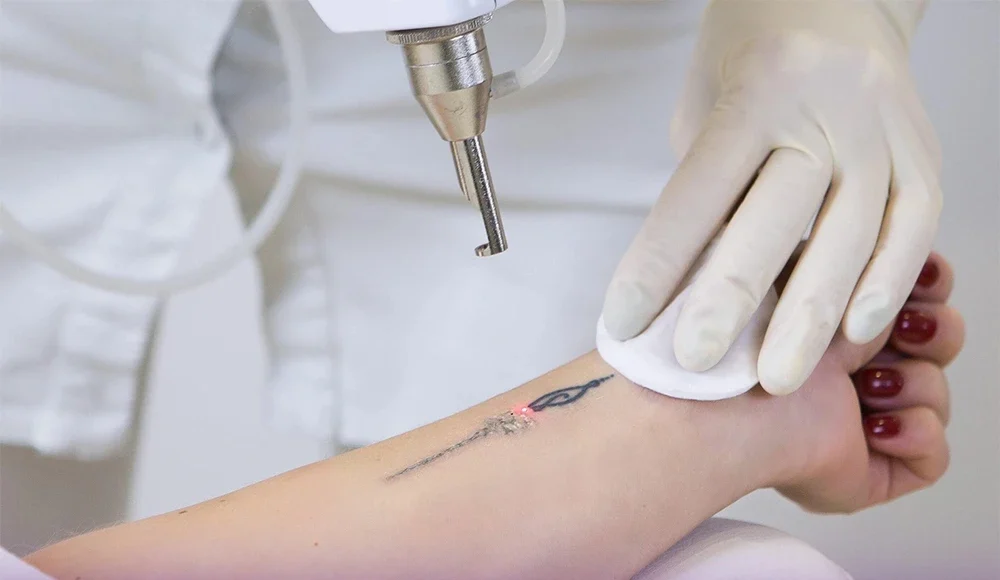









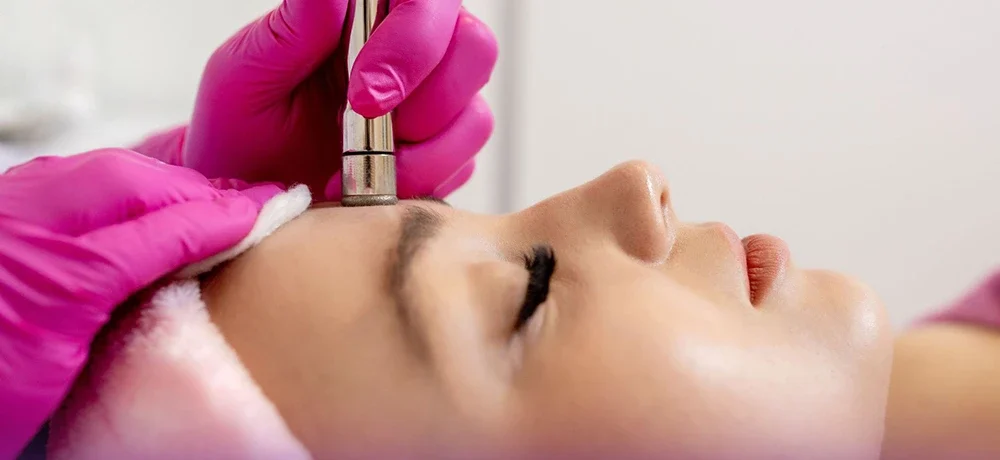

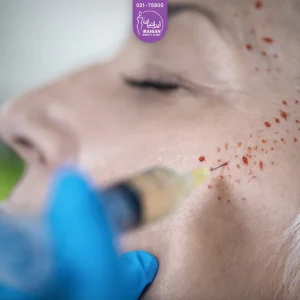

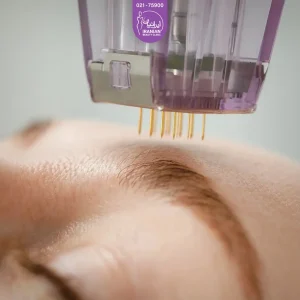
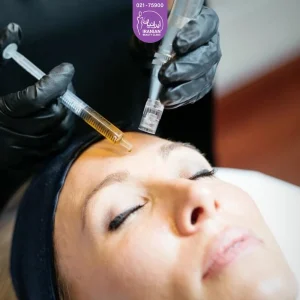
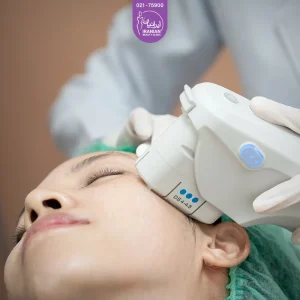



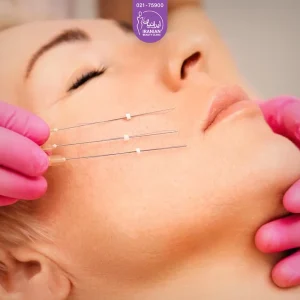

 Quanta Creative Agency
Quanta Creative Agency 